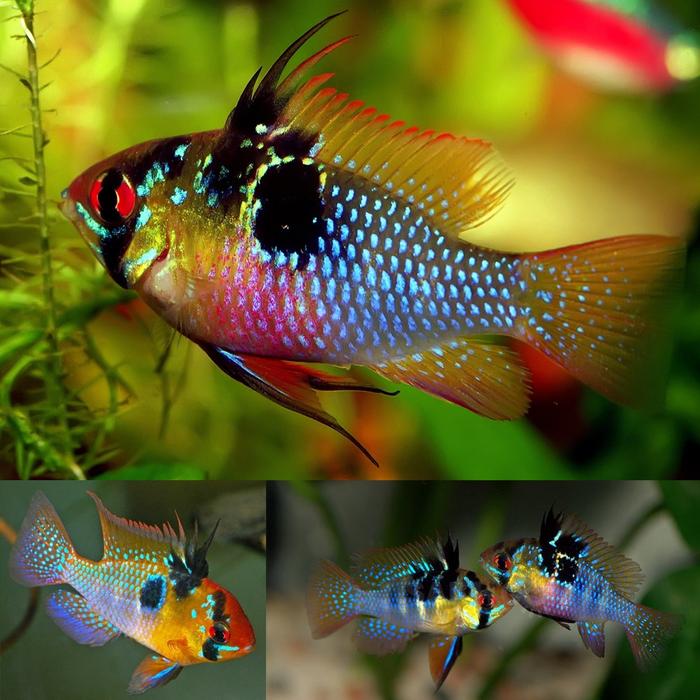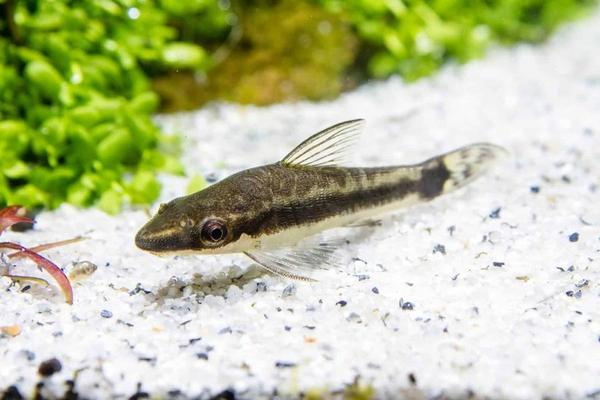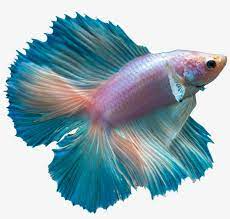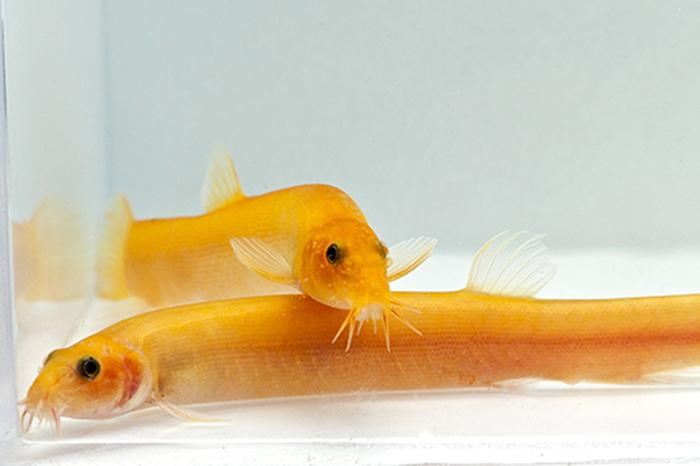It is essential to place rocks in your aquarium; rocks in an aquarium not only give a beautiful effect but also ensures the safety and good health of your fish and other organisms in the tank. It doesn’t matter which aquarium you have. Just make sure that you have placed a suitable and compatible quality of rocks in it. Your pet would highly appreciate it as it gives them a hiding spot, a place to rest for a while, including lots of fun. We are explaining the types of aquarium rocks in brief here.
What Bacteria Actually Do?
After bacterial production, they construct their colonies in the aquariums. Majorly, they are intended to remove all the waste from the resident organisms in the tank. That includes; discarded material of fish, uneaten food, residue, plant vestige, and all the unnecessary materials that could affect the quality of the tank and lifestyle of your pets.
Bacteria also eliminate nitrates, ammonia, and unknown chemicals that could cause serious harm. Significantly, the ones that are mentioned (NH3, Ag) can even cause death to them.
Other than this, it is very particular for the environment of the tank. A healthy surrounding is a key for healthy fish. In fact, those rocks are all about decoration. That’s also important, and a catchy look makes the pet happy and cheerful. Different colors are available that can intensify the theme of your tank.
Before, discussing types, there are different quality of rocks, which is opposite from one another. Three of the main are:
- Porous
- Smooth
- River rocks
Purpose of Rocks:
The most important role of aquarium rocks is to create a complete space for bacteria. They allow them to live and reproduce within a few times, for never-ending beneficial reasons. This bacteria isn’t harmful as the rocks only allow the good form of bacteria. Initially, they built a surface area for them where they can live and grow.
Different Types of Aquarium Gravel
Remember that rocks you prefer should not be extreme in calcium. The calcium in the substrate is will completely change the water abilities in your tank. It will change the texture of H2 and could make it harsh with fish.
While placing the rock in an aquarium, break it into multiple pieces, and let’s get into the types of the aquarium with details. It comes with two main types:
- Freshwater Aquarium Rock
- Saltwater Aquarium Rock
Freshwater Aquarium Rock
A freshwater aquarium is a container that contains freshwater, including those aquatic that can survive only in freshwater. They are used for decorating our homes with their sparkling and positive vibes at your place.
The modern aquariums are usually made up of transparent or acrylic glass, and the residents in the aquarium are plants, fish, snails, etc.
Usually, aquarists like to decorate them with sand, tiny plants, artificial plastic decoration pieces, and off-course rocks. The small size aquariums are glass bowls; you might have seen that look extremely beautiful. For decoration, it goes great, but if you are very concerned about it, we would recommend you go for proper aquarium rocks that ensure your pets’ excellent health and safety. It has further three main types of rocks:
1) Igneous Rock:
This word has been obtained from the Latin word “ignis,” which means “fire.” It gives a very glassy and dazzling look through its formation. It’s one of the major types of Freshwater Aquarium gravel. It has made with magma or lava chilling and fossilization. Magma or lava is a natural earth material. For its relevant material, this type also includes gabbro, basalt, magma, and dolerite gravel.

The lava has been used in its formation is derived from fragmentary melts of tiny rocks. It could be in the earth’s crust, depth, or mantle.
Concretion into gravel rises according to its procedure. It may occur on the bottom of the gravel or at the upper surface of the stone. These surfaces are called Intrusive and Extrusive rocks. This igneous rock is a complete package to produce further rocks to serve better in a freshwater aquarium. It helps with crystallization to build crystalline and granular gravel. It also helps to construct natural glasses through the same procedure.
Further, the rock split up into two formations.
Intrusive Igneous Rocks:
The intrusive group of igneous rock is structured when lava is confined at the deepest of the planet. The good quality ones come at the top of the surface, where the obtainers gather it and make it fined for our use. Most of the time, lava is also used to feed the planet’s volcanoes’ desires. It doesn’t go straight after cooling it down, which may take hundreds of years unless it becomes concrete. A gradual process also shows that the minerals are required a lot of time to live and grow. They won’t stop until they grow to a perfect colossal size. This Intrusive gravel comes up with an unrefined pulverized structure.
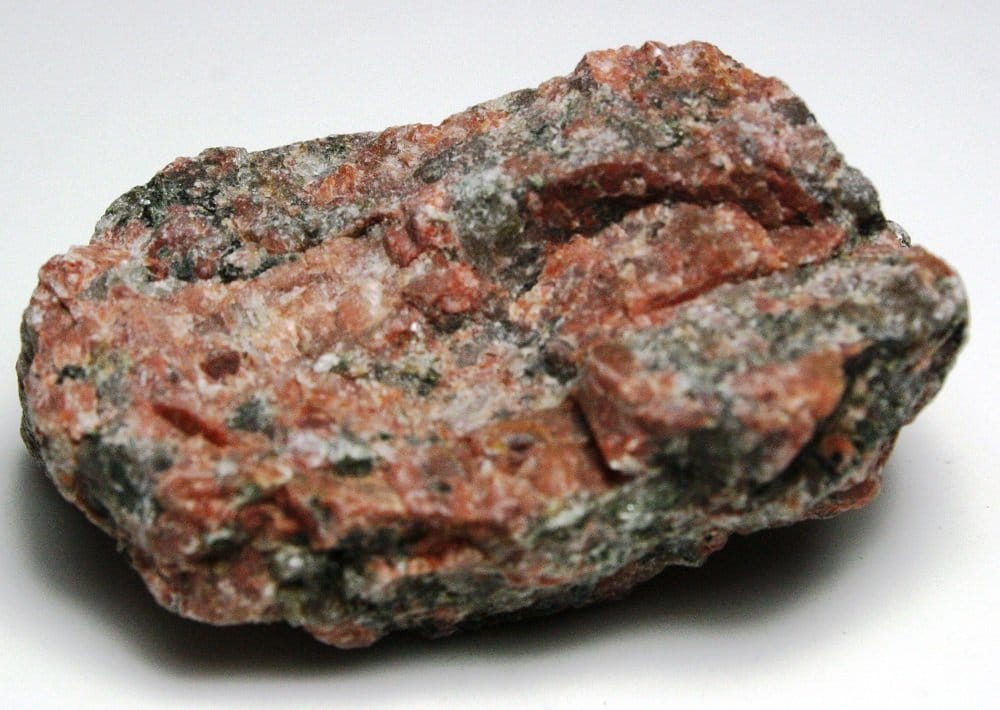
Extrusive Igneous Rocks:
Extrusive is another kind of igneous rock made from lava excretion, and when its temperature becomes low on the planet’s earth. These gravels are tending to build when the volcanoes are flared up with straining clefts.
Instant cooling refers to inorganic material or rocks that do not have much time to live and grow. So, usually, these rocks have extremely granular or glassy structures. The rocks are made up of around 88-94% Melton magma at 600 to 1300 °C, 15 km in the planet’s crust and pressure. The igneous rock is constructed from 15% of the planet’s crust surface. Most of the time and even more than half of the planet’s surface crust is made up of this gravel.
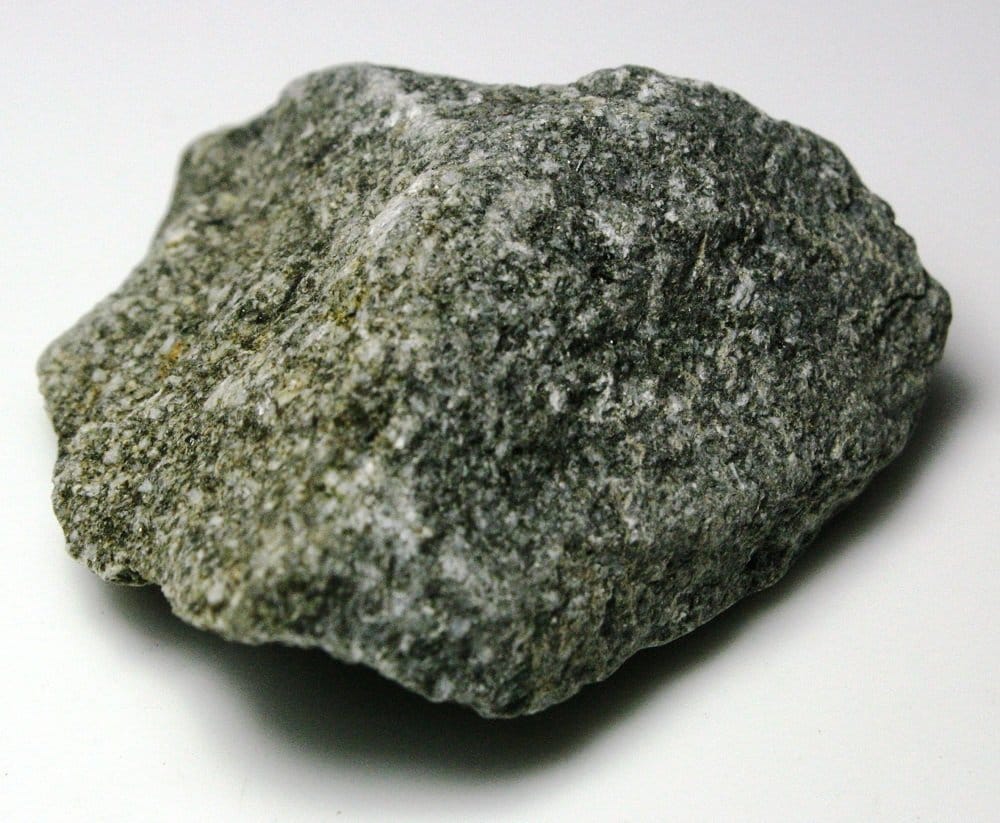
2) Sedimentary Rocks
It is another primary type of freshwater aquarium rock. Like the previous one, this has from the organic material of the earth’s natural system. Also, there is a considerable part of the increment of those gravels and earth’s fabric formation. The process has used in this entire system is called sedimentation. This process helps them to settle down and grow to convert into a better position and texture.
It comes with tiny particles in the gravels, which are known as sediment. Most probably, they have formed from geological waste material and biological (natural) waste material.
The first one, geological, is derived from the crumbling and sapping of available gravels. It could also be from the concretion of lava smears that flare up by volcanoes. It gets from the water most of the time, and the suppliers supply it to the area of the overturning of water, breeze, ice, or a vast fluctuation known as denudation.
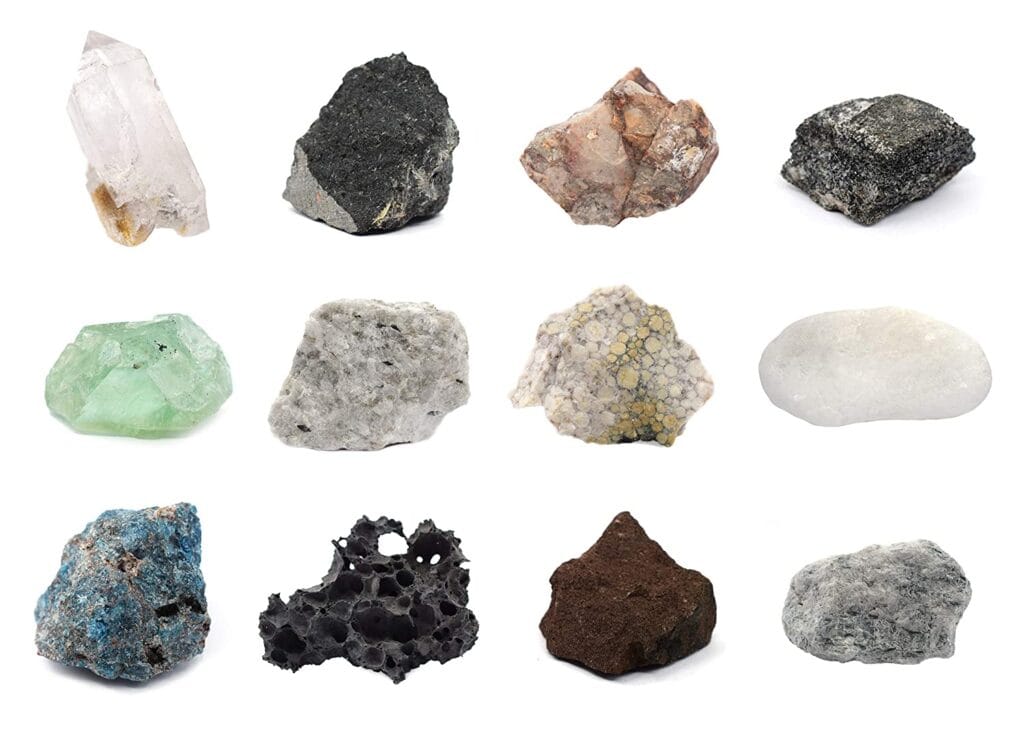
The biological material is related to water-based organisms; it creates different parts and bodies of dead organisms. Usually, they are shells, excrement material that has dissolved in water and gradually accumulating on the base of their bodies. They can also come up with resolved minerals and gravel from impulsive suspension.
Although, this type of rock has formed from earlier gravels of old organisms that were centuries ago. It comes with multiple divisions and layering on the product. Off-course as they have made from the emission of earth’s surface so that it will have layering.
The natural and straightforward sedimentary gravel includes breccia, conglomerate, sandstone, siltstone, and shale. The other ones are chemical gravel build-up when resolved parts haste up from the solutions. For example, they include some charts, dolomites, flint, iron pack, limestone, and gravel salt. It also has three main types of rocks:
Common Sedimentary Rocks:
One of the major types of sedimentary rock is this common one. It comes with limestone, sandstone, and shale. Usually, these gravels are intimate as minor sediments which go from rivers and then settle into lakes, canals, and oceans. After submerging into there, the gravels lose water texture and become rigid enough to form solid rock. Also, their volcanic residue separates from the rocks.
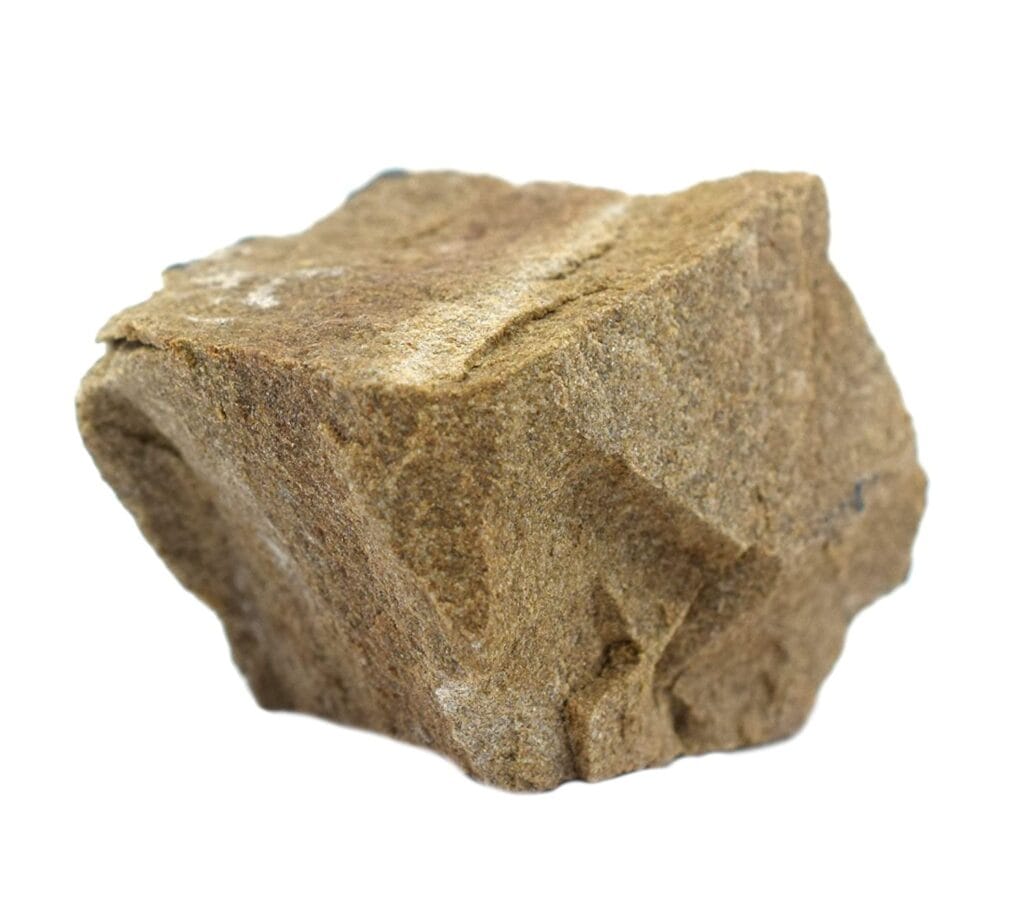
Biological Sedimentary Rocks:
Natural rock is related to the aquatic organisms after their death; it creates different parts and bodies of dead organisms. Usually, they are shells, excrement material that has dissolved in water and gradually adding to the base of their bodies. Chart and limestone is one the prominent example of this rock.
Clastic Sedimentary Rocks:
Clastic is one of the essential and famous sedimentary rocks. It is very effective in freshwater aquarium rock and considering one of the best types of aquarium rocks. The formation of this rock is from multiple clasts of pieces of earlier-based rocks. The process starts when they lose their texture through temperature. After that, they shift to depth and basin where this rock takes place, and after residing there for some time, it is buried real in-depth.
The structure becomes extra-rigid and robust enough to resist for a longer time. If we talk about its size, it ranges from extra small to extra big rocks. It all depends on its formulation. Also, the naming of the rocks is given according to their sizes. Clay is for the smallest one, slime is for medium, and sand is for the largest one. Gravels that are extra-large are called pebbles.
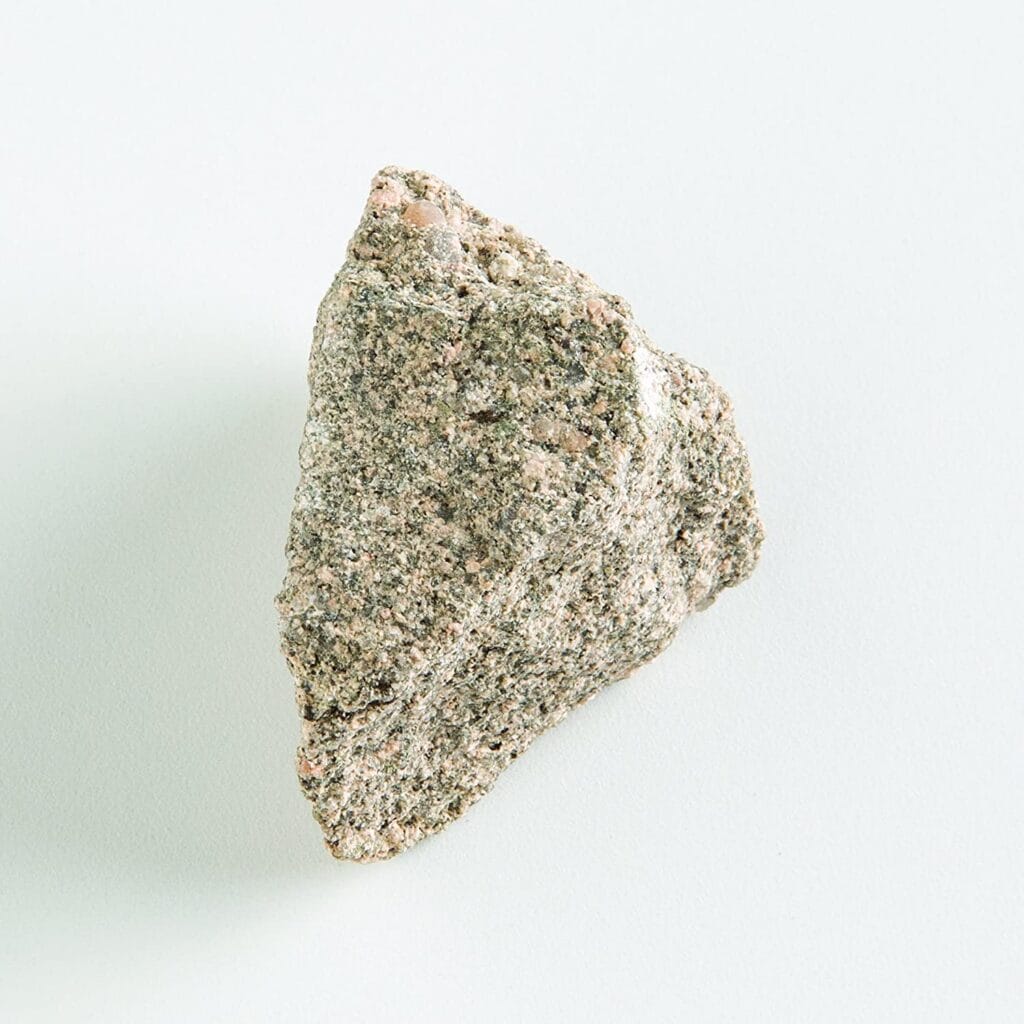
3) Metamorphic Rocks
This type is on the earth for hundreds of thousands of years. It doesn’t come in any fixed texture or size. It has multiple sizes, colors, shapes, and corners. Metamorphic Rocks is used for various things like constructing buildings, jewels, freshwater aquariums, and much more. From this, you can get an idea of their importance.
From previous ones, there are so many characteristics that make it unique and different from them. Initially, they are derived from igneous and sedimentary rocks. The construction process of this rock lies from extreme temperature to pressure, including some fluids. The rocks change from the older to the most acceptable shape, size, and quality in this entire process. This functionality is called metabolism.
The metabolism process is the one upon which the entire process of rocks depends. Some people think it is very harsh, but it does not even melt the rocks in reality. Rather than this, it changes and formulates into porous, rigid, and compactible gravels. Modern rocks are produced by combining all the rocks or sometimes with fluid reactions inside the rocks. The weather changes and deep pressure plays a vital role in transforming metaphoric gravels into the latest form. They are smeared out, squished, and folded.
There are three main types from which the formation of metaphoric gravel occurs. These three main metamorphisms are contact, dynamic, and regional. The most popular and reliable is a common type that only forms when lava occurs with the body’s current texture. The significant change and characteristics have developed and transformed from the earliest type to this finest one. The structure or texture of this gravel is usually glassy and crystalline.
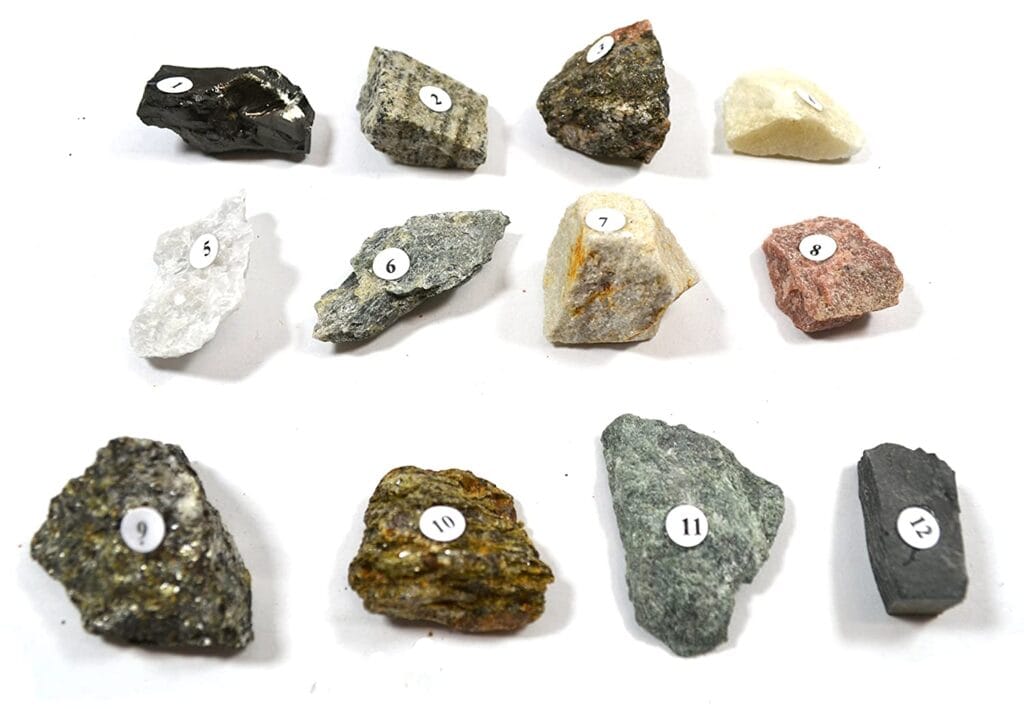
Common Metamorphic Rock:
Common is the most designated and recommended type of this gravel. Majorly it includes; gneiss, schist, quartzite, and phyllite. They are very effective for freshwater aquarium rock using.
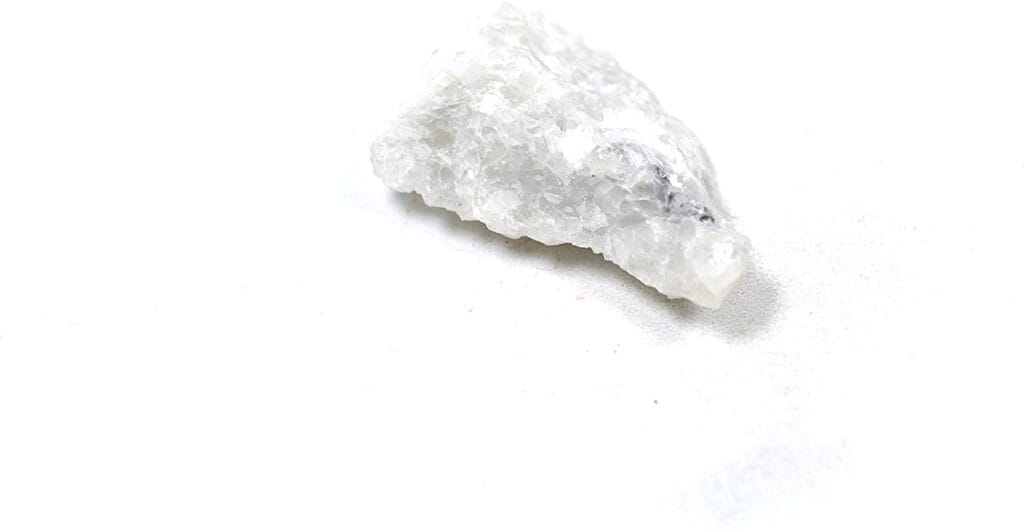
Foliated Metamorphic Rock:
Foliated metamorphic rocks are well coated and over-designed to serve better services and long-lasting use. So, in an essential type of metaphoric rocks, biotitic and granite are the two major ones that support them. They are highly foliated, which means they are highly coated and splits at the same time. The definition of foliated is; that it ensures the parallel condition of particular gravel that provides the grains a striped look. Also, foliation considers when pressure alters things and changes the mineral’s algorithm. The rock compatibility is convenient and durable.

Non-Foliated Metamorphic Rock:
Non-foliated is opposite to the foliated ones, not only due to the spiral texture but also with plenty of other reasons. They do not come with a smooth plane surface. There are various methods through which non-foliated rocks can create. Usually, they could be limestone and related. Limestone produces from the gravel grains that are uneven with corners on them. No pressure will help you, and it won’t change its shape.
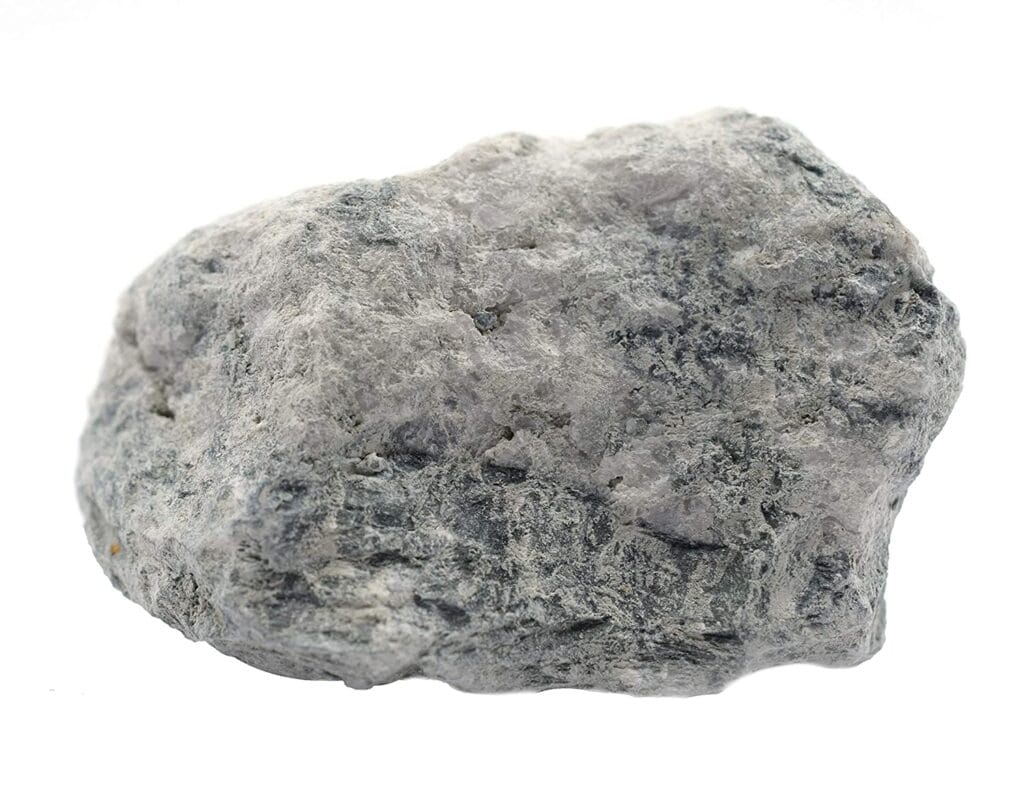
Saltwater Aquarium Rock:
The other primary type of aquarium rock is this saltwater aquarium, which is also called live rock. Initially, this is gravel found in the ocean, and lately, it was introduced as saltwater. When they took it, they, of course, come up with multiple layering, dumping, and unrefined. But that’s the way as well to identify that t is buried enough for perfect usage. Well, after refinery, they make it smooth and durable for use.

1) Fiji Live Rock
Fiji was the first earliest live rock as it plays a huge part as a reef base in all kinds of saltwater aquariums. This saltwater aquarium is the most significant asset for most aquarists and professionals in the field. This rock is dead gravel with a lot of layering on it. It could be any bright color, maybe in re-brownish, lavender, or purple. On the top of the side, it raises with algae and some fungi wherever they take place. Let’s talk about its history to its future.
The latest project makes sure not to vanish or endangered the Fiji rocks when searching for live rocks. Fiji rock is found near to ocean or lakes. There is a village named Malo-malo. Its people’s entire income depends upon this saltwater aquarium rock. Not entirely, but more than half of the people rely upon it. It will only grow on rocky and hard surfaces, which are not glassy or smooth surfaces.
It has proved highly healthy and safe for all kinds of tropical fishes, plants, and whatnot. There is a cover at the external portion of the gravel where all the bacteria live and constantly grow, which is very effective in cleaning the water.
In the sense of business, it goes great for a mega-corporation and farm. According to the research, it is beneficial to earn a lot of revenue in a shorter time with less effort. Every year, its trade and evolution rate is maximizing by a more significant percentage. The same is for Fiji rock; demand in the west and south increases so much. This gravel is the most extensive export product of saltwater aquarium to the entire world.
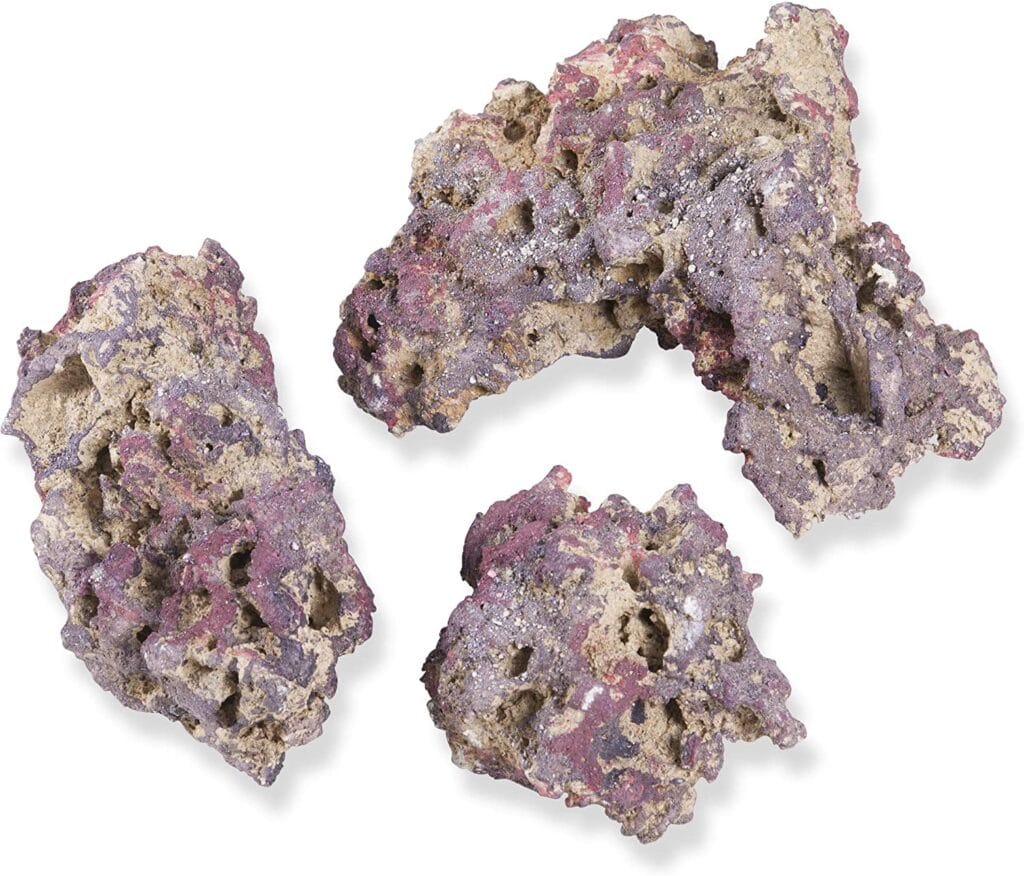
2) Pukalani Live Rock:
Every rock and its type has its qualities, features, and characteristics. That is what makes each one of its unique and rare in its way. This Pukani is one the oldest and not super fine but an eligible and reliable saltwater aquarium rock. If we look at the reviews, it got the top-notch and most user-friendly product.
This Pukani is very sensitive towards the aquarium throughout the time when it starts to work. It does not occupy any kind of harmful bacteria and algae, and it has pledged to deliver the best services to the aquarium.
Interestingly, it comes in a broad range of sizes and shapes you can choose wisely according to your aquarium and other requirements. Even though you can do it yourself, the things you are allowed to do are its form, wholes, corners, cuttings, and much more. It gives very cool and vibrant colors to create a better environment for fish. The weight of this rock is very light and desirable, with lots of variations.
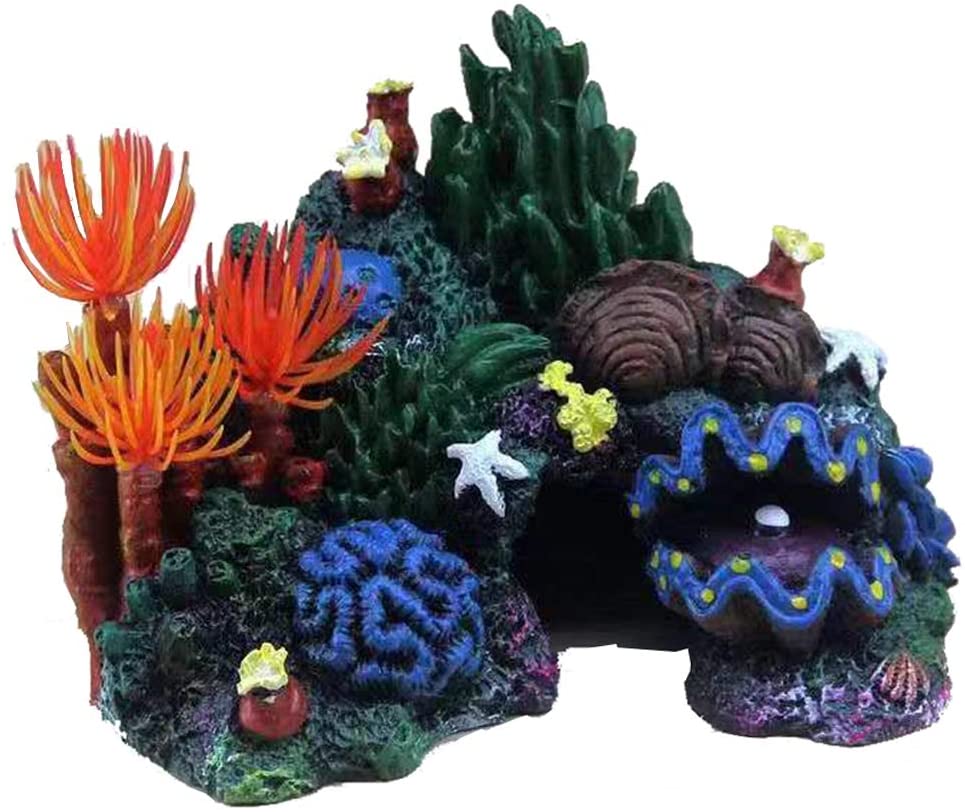
Summary
Before Investing in the rocks, you must know the details, including the consequences of all types of aquarium rocks. It is the best way to minimize your struggle regarding fish and other aquatic pets’ health and safety. Give a value to your preferences; just go and check it from our detailed article to better understand the essential points. You can buy the best type of rock for your aquarium and the one that is righteous according to your requirements.
Frequently Asked Questions
All the gravels must be thoroughly look over for stratification of metal type, including rust before they add up to the tanks. Otherwise, the different kinds of gravel could be hazardous to your fish, and you should not use them in any case. There is a broad range of naturally found rocks that are perfectly safe for home-based tanks.
Seiryu gravel is a kind of small aquarium gravel that is famous enough in aqua-scaping tropical tanks. As they come with their stunning yet charming marbling effects and blueish hue, they are added into a striking impact. Seiryu rocks usually appear in casual and oceanic ways but come with many characteristics that make them especially advantageous.
A perfect time would be 8-18 minutes. You can use standard, naturally available water in your home for boiling. The time as mentioned earlier is ideal for removing all impurities and dangerous material, including pathogens, efficiently. After boiling, make it cool leave it for some time under average temperature. Do not touch it until it becomes cool.
Rocks are heavy enough to crack the aquarium glass. If the stones are heavy and fall over, there is a good chance they can break the bottom. Many cichlid fish keepers use the rock on the bottom of tanks to provide a hiding place for them.
Use crushed coral or dolomite gravel for the substrate. Calcium carbonate-based gravels slowly raise and buffer pH and dissolve over time. You can decorate your aquarium with limestone, coral rock and driftwood. Use a healthy amount of calcium carbonate rock to make the desired effect.
To begin with, are lava rock aquariums safe? Can you use them in your fish tank? Yes, lava rocks are aquarium safe for the most part and are especially useful when keeping cichlids. The healthy bacteria that grow on lava rocks will eliminate nitrates in your tank and improve your water quality.
Calcareous rocks from salty waters are not suitable for freshwater tanks, and if you take proper steps to disinfect and prepare them for tank use. Nothing is healthier and better than nature.


